There are two f2.8 zoom lenses that are widely considered mandatory items for professional and enthusiast photographers; a 24-70mm, and a 70-200mm. So, whenever there’s a new camera system launched, photographers all around would be particularly interested to see where these two lenses are placed on the manufacturer’s lens line-up in the years to come. These lenses are typically designed for professional-level use, and unfortunately also command very high prices to match: either will routinely cost upwards of SGD2,000 at the very least.
That’s pretty much why the Tamron 28-75mm f2.8 Di III RXD lens was considered by industry watchers to be a disrupter for the Sony FE mount: it’s an f2.8 lens that sits very roughly in the 24-70mm focal length, and importantly listing at just half the retail price when compared to Sony’s lens: the Tamron is USD879/SGD1224 against the Sony SEL2470mm f2.8 GM at USD1616/SGD2198. An f2.8 lens at this all important focal range at half the price of usual price! It doesn’t of course match all of the GM lens’ features – including weather sealing, build quality etc., but most enthusiasts at least were happy to give up those features, come close to or match most of the Sony’s optical fidelity, and at half the price. The Tamron’s focal length though is a little longer and less-wide than the Sony: the additional 5mm reach at the long end is trivial for most practical purposes, but that the widest end is at 28mm is a significant limitation – more on that later too.
One of the Tamron’s closest competitors is the Sony FE 24-105mm f4, a lens I’ve had for as about as long as I’ve been on the Sony A73. This lens has accompanied me on six trips out of the country now, and despite its maximum aperture at f4 only, the focal length of 24-105mm is extremely versatile and useful. It focuses unfailingly quickly, and as a native Sony FE lens it fully supports all the AF modes on the A73 cameras. I’ve been really happy with the 24-105mm and would had happily continued relying it as my all in one general purpose lens – were it not for the accident during our recent trip to Kanagawa-Hokkaido in December when the camera kissed hard surfaces. The lens was fine, but now had a stuck lens filter at the top. The filter’s glass layer look like they could completely shatter any time, so I concluded that the lens was just too dangerous to use at that point. I decided to put the 24-105mm aside for the remainder of the trip until I could get a lens repairman to remove the stuck filter back in Singapore, and went about looking for a replacement lens to use immediately.
Japan is home to two very large competing camera stores: BIC Camera, and also Yodabashi, and the latter had one store less than half a kilometer walk from Hokkaido University Museum where the accident happened. There were of course a few lens options for a possible replacement: the Sony SEL2470mm f2.8 GM, the cheaper Sony SEL2470mm f4, and the Tamron 28-75mm f2.8. There really was no contest: I wasn’t going to pay > SGD2K for the f2.8GM, and the Sony FE 24-70mm f4 is more expensive than the Tamron and it’s an f4 lens. So, the Tamron it was. I picked up the lens, nicely, at a very good price: it retails normally for SGD1,190 in Singapore. The price I paid for it at Yodabashi, after adding the in-store discount they offered, tax-free deductions and also GST inclusion at Singapore Custom – was SGD1,068. That’s pretty substantial savings, though the local version of the lens would have meant the additional warranty and support I’d get. Not that the latter mattered, since I was in Japan and not Singapore!
The physical differences between the Tamron 28-75mm and Sony FE 24-105mm are immediately obvious: the Sony is larger and heavier – the 24-105mm weighs 663g compared to the Tamron’s 550g – though interestingly, the length of both lenses are roughly in the same ballpark with the Tamron’s 117.8mm length at vs the Sony’s 113.3mm. Turning the Tamron’s zoom lens barrel also showed substantial resistance, but I reckon it’ll loosen over time, like the Sony. This isn’t a grounded technical comparison too, but the Tamron’s AF while responsive also felt just that bit more lethargic and slower to fix focus compared to the Sony.
The singularly largest two limitations of the Tamron are of course the aforementioned widest setting of 28mm and that the longest end is 75mm. In general usage, those compromises are livable when I’m in Singapore, since the focal length I normally use when I’m shooting kids casually is between 28mm to 50mm. But the use-case is very different when I’m traveling: there are just a lot more opportunities to shoot wide at 24mm – e.g. the additional 4mm on the widest end I would have obtained on the Sony would had meant a big difference when I was up on Mt. Hakodate trying to capture as much of the city as I could in a shot. Thankfully, the 75mm at the longest end wasn’t as limiting after all – I was able to crop pictures in post-processing until I had the right framing for each shot.
The advantages of being able to shoot at f2.8 are nothing to sniff at too. The smoothness of bokeh between f4 and f2.8 aren’t like night and day, but the additional one-stop light gathering ability on the Tamron also meant that I needn’t use as high an ISO and I was generally able to use faster shutter speeds all round. The one-stop better ISO wasn’t as important in my use cases as the Sony A73 produces usable images easily up to and including at ISO6400, but being able to take photos at higher shutter speeds means the photos of the kids are less vulnerable to their not being to keep still (especially Peter!).
I was initially thinking of selling the Tamron away after the trip, but I reckon I might hold onto the lens after all for a while at least for home use. The 24-105mm f4 though will remain my default choice when the A73 comes out on trips though.
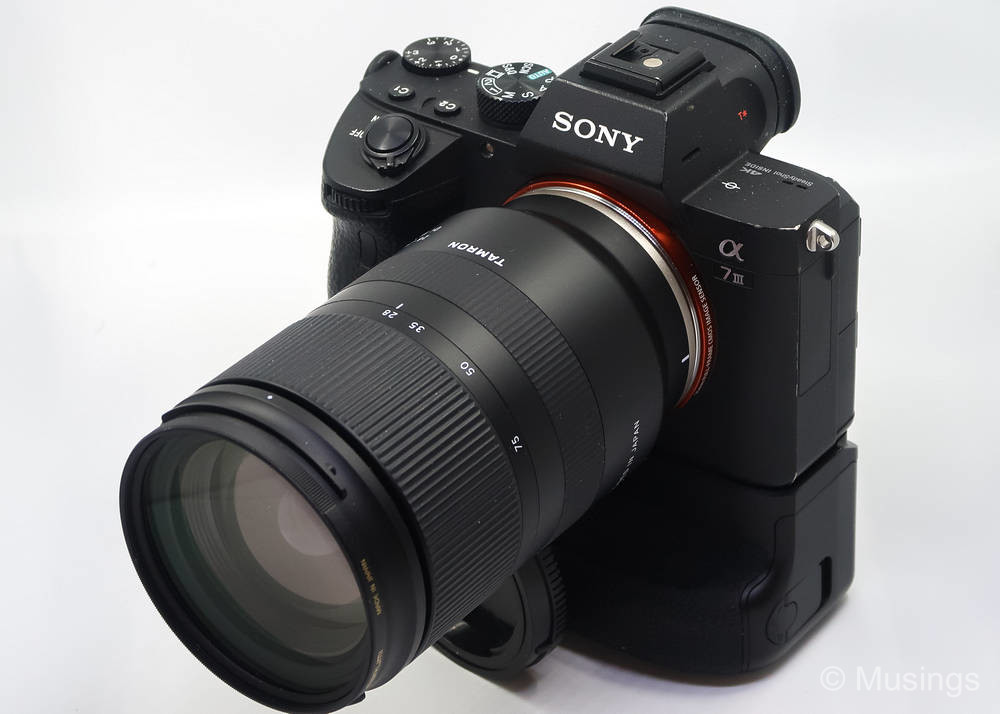
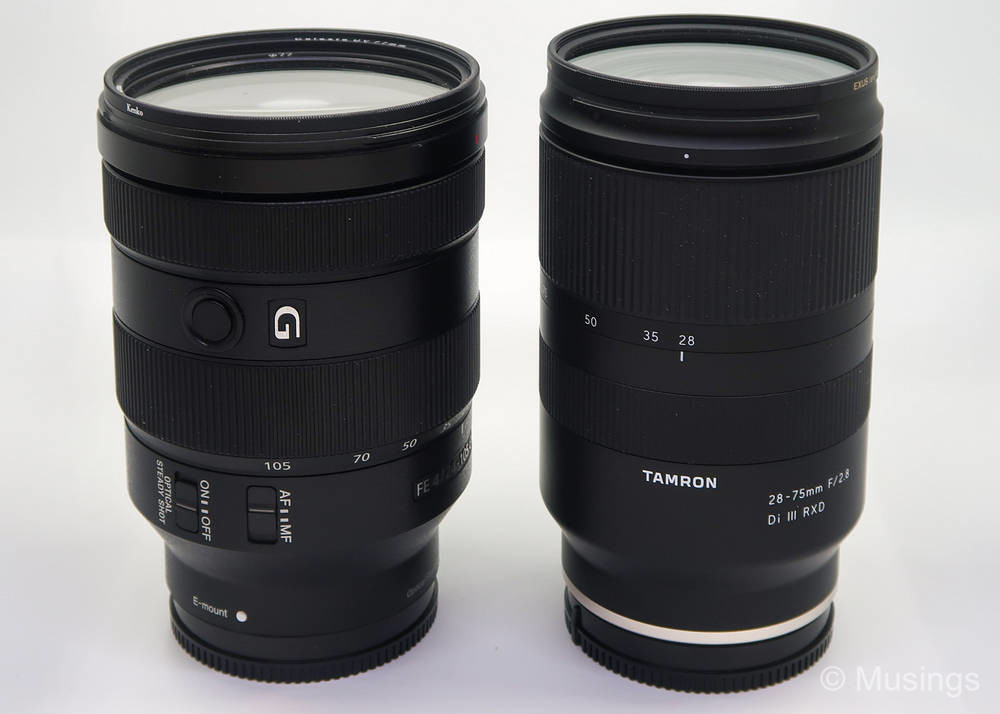
And a small selection of some of my favorite shots using the Tamron while during the Japan trip, all of which were taken in the trip’s second week.
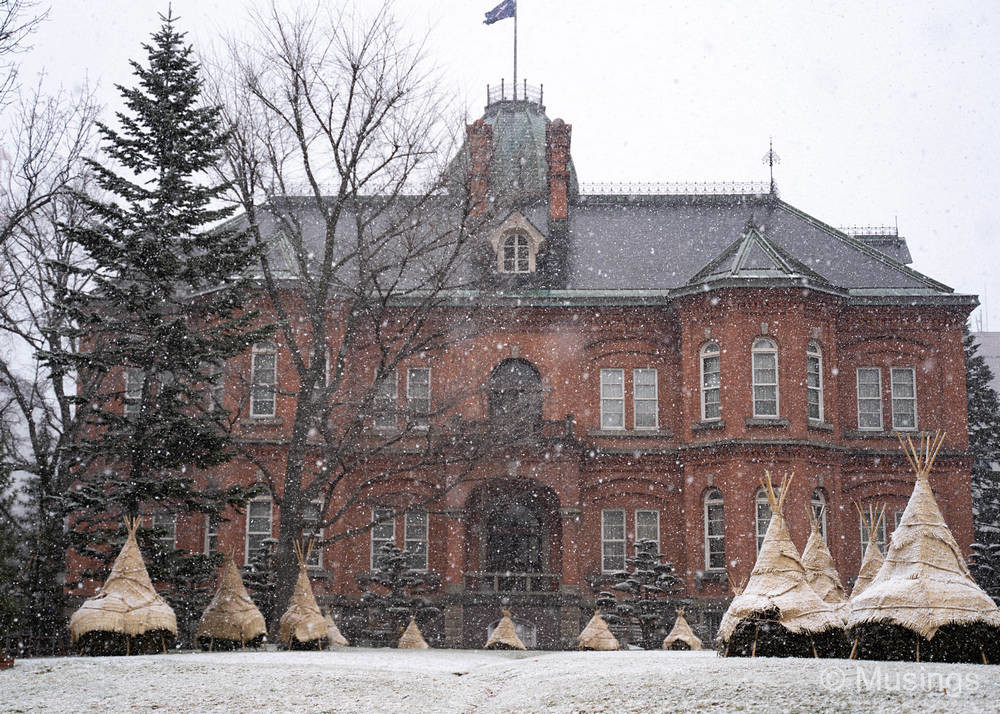
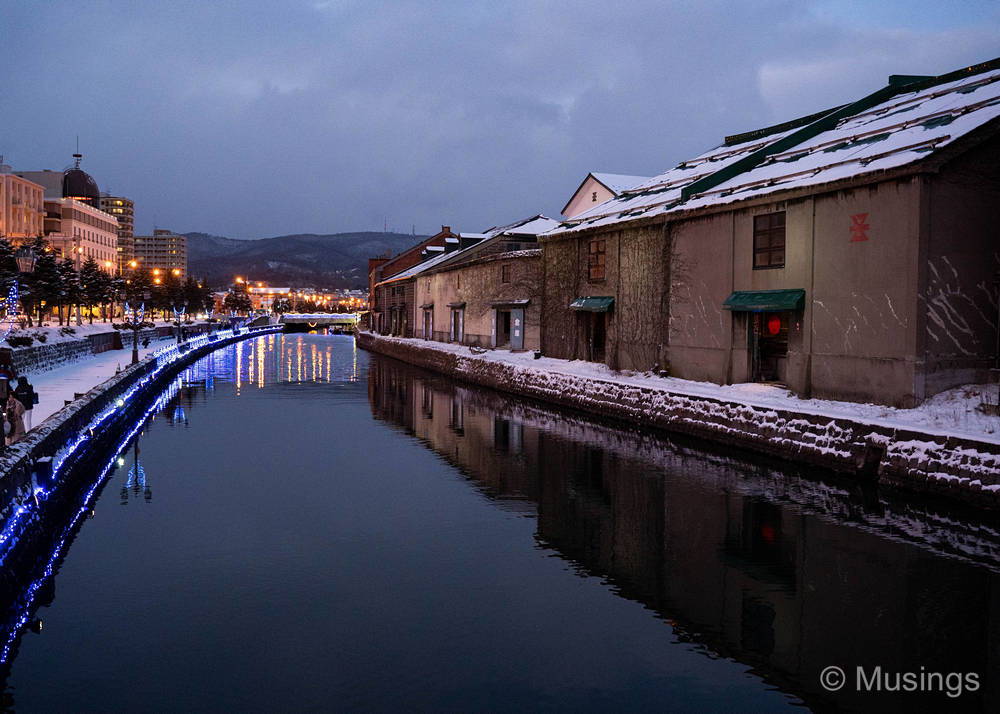
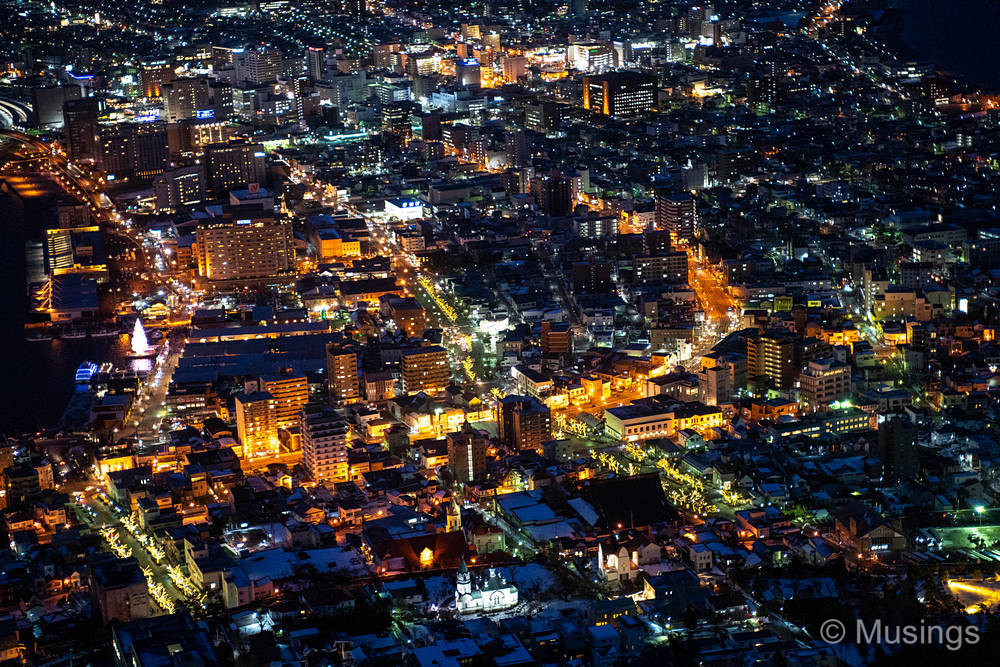
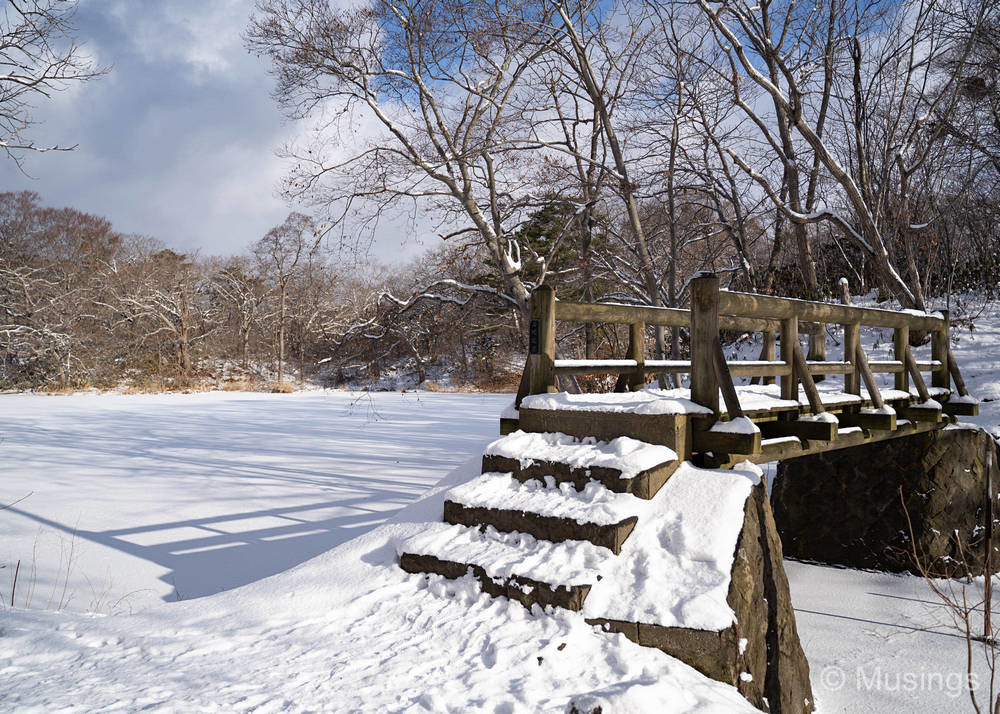
Recent comments